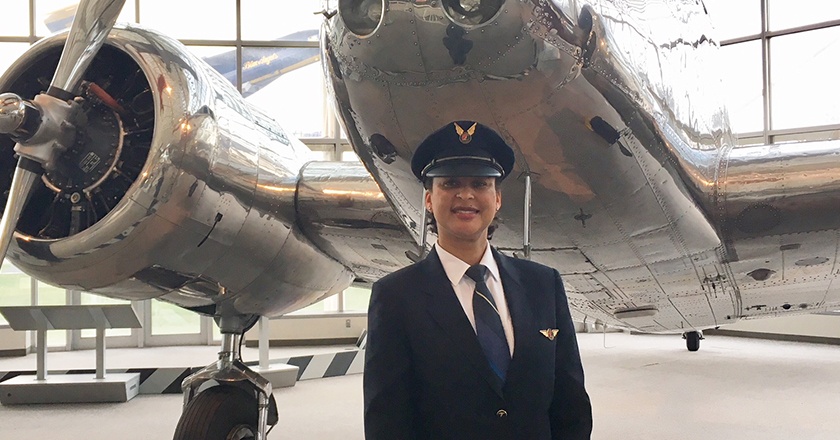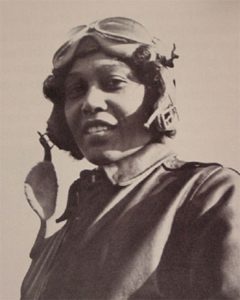Bessie Coleman
Bessie Coleman was the first African American of either gender, and the first black woman in the world to get her pilot license in 1922, however American aviation schools denied her entry. Not letting that stop her, she taught herself French and moved to France, earning her license from France’s well-known Caudron Brother’s School of Aviation in only seven months. In the same year that she earned her license she became the first African American woman in American to make a public flight. She specialized in stunt flying and parachuting and when she moved back to America made her living by barnstorming and performing aerial tricks. Her interest in aviation was sparked by the stories she read and listened to as a kid of the World War 1 pilots. She hoped to one day open her own school to teach African Americans to fly, but was tragically killed at only 34 years old when an accident during a rehearsal for an aerial show sent her plummeting to her death. However, she still remains a pioneer to women in aviation.







